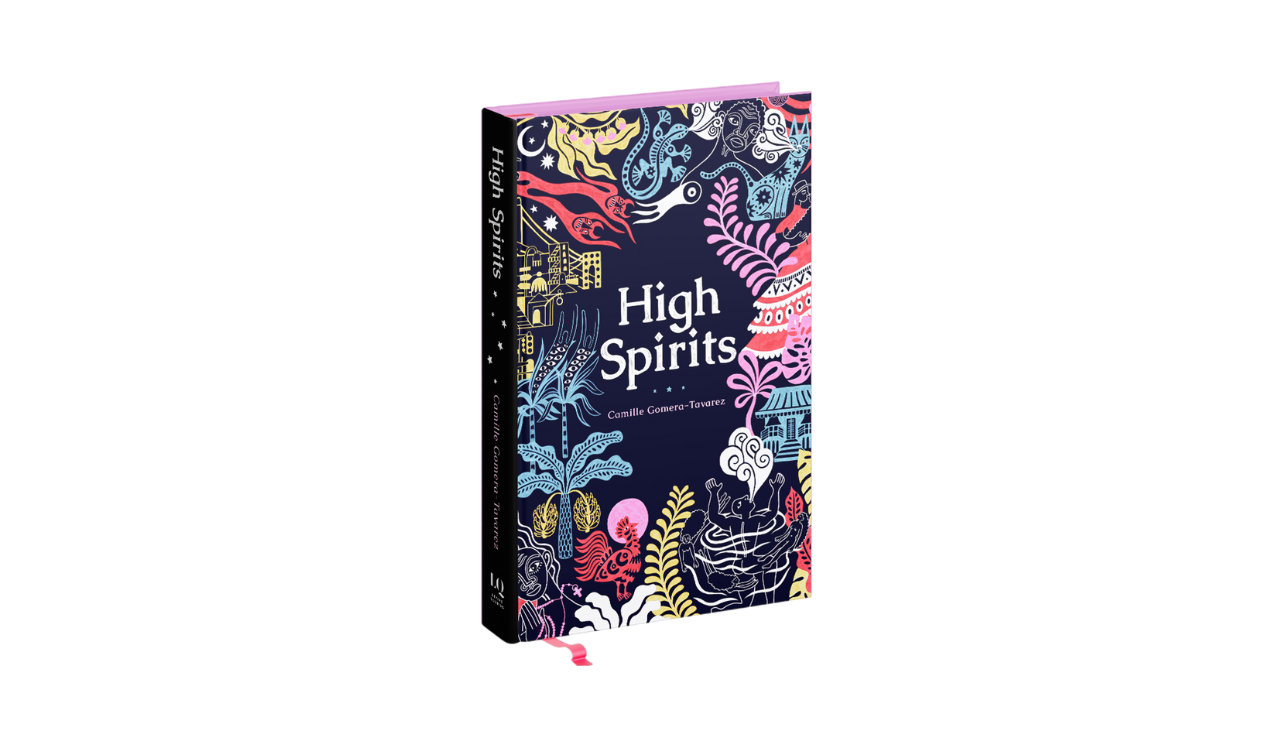
Stories about Dominican Diaspora
Camille Gomera- Tavarez debut book High Spirits explores the stigma associated with mental health in the Dominican Republic and the importance of identity.
Camille Gomera-Tavarez is an Afro- Dominican authoress, designer, and creative artist born in New York. She migrated to the Dominican Republic with her family until the age of five when she moved to Clifton, New Jersey. Her exposure to various immigrant communities made her upbringing rich in culture, languages, and experiences.
She currently resides in Philadelphia and has a BFA in Graphic Design and a Minor in Creative Writing from the Maryland Institute College of Art (MICA).
In 2019, after graduating from MICA, Camille began working as a Design Consultant at the World Health Organization’s Pan American Health Organization (PAHO/WHO) in Washington, DC. She currently works as a Senior Designer for Authentic Campaigns where she creates website designs and digital marketing graphics.
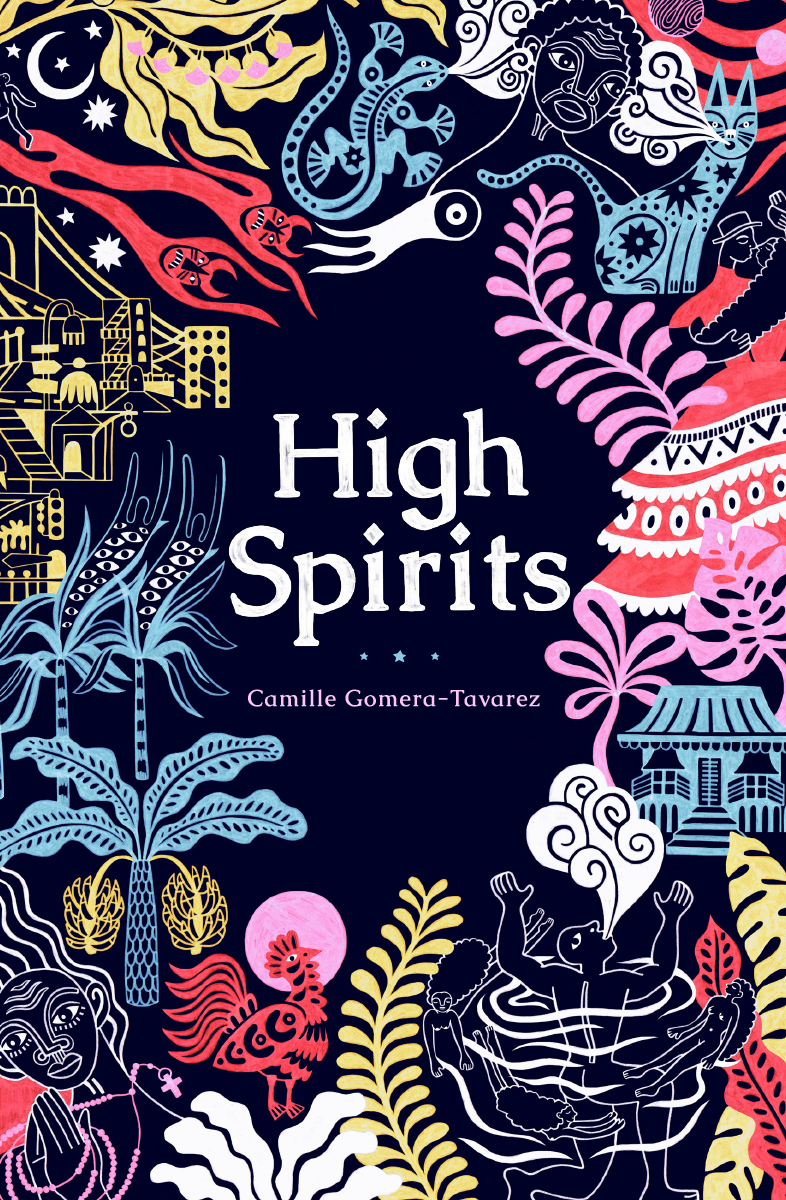
Book Review
In her debut book High Spirits, Camille Gomera- Tavarez features eleven short stories of Dominican Diaspora, exploring important themes like mental health, race, displacement, identity, feminism, family, and toxic masculinity to name a few.
High Spirits conveys the truth of familial relationships and what it means to be part of Belen’s family; As a Dominican, I found these stories relatable as it explores the stigmas associated with mental health; a topic that continues to be a serious problem in the Dominican Republic.
Whether it was “the pulls,” or abuelo’s need to open the colmado, or short lived dreams of seeing Romeo Santos, it all felt right at home as Dominican stories were being accurately depicted with influences of magical realism; which added an extra layer of uniqueness.
“Colmado” was my favorite story since it reminded me of my own relationship with my paternal grandparents, and how years later they died from Alzheimer’s disease. High Spirits will make the reader get lost, laugh, relate, and at times reminisce about family.
The descriptive language and magic realism only made this story vivid but extremely compelling and relatable. A true reader’s treat
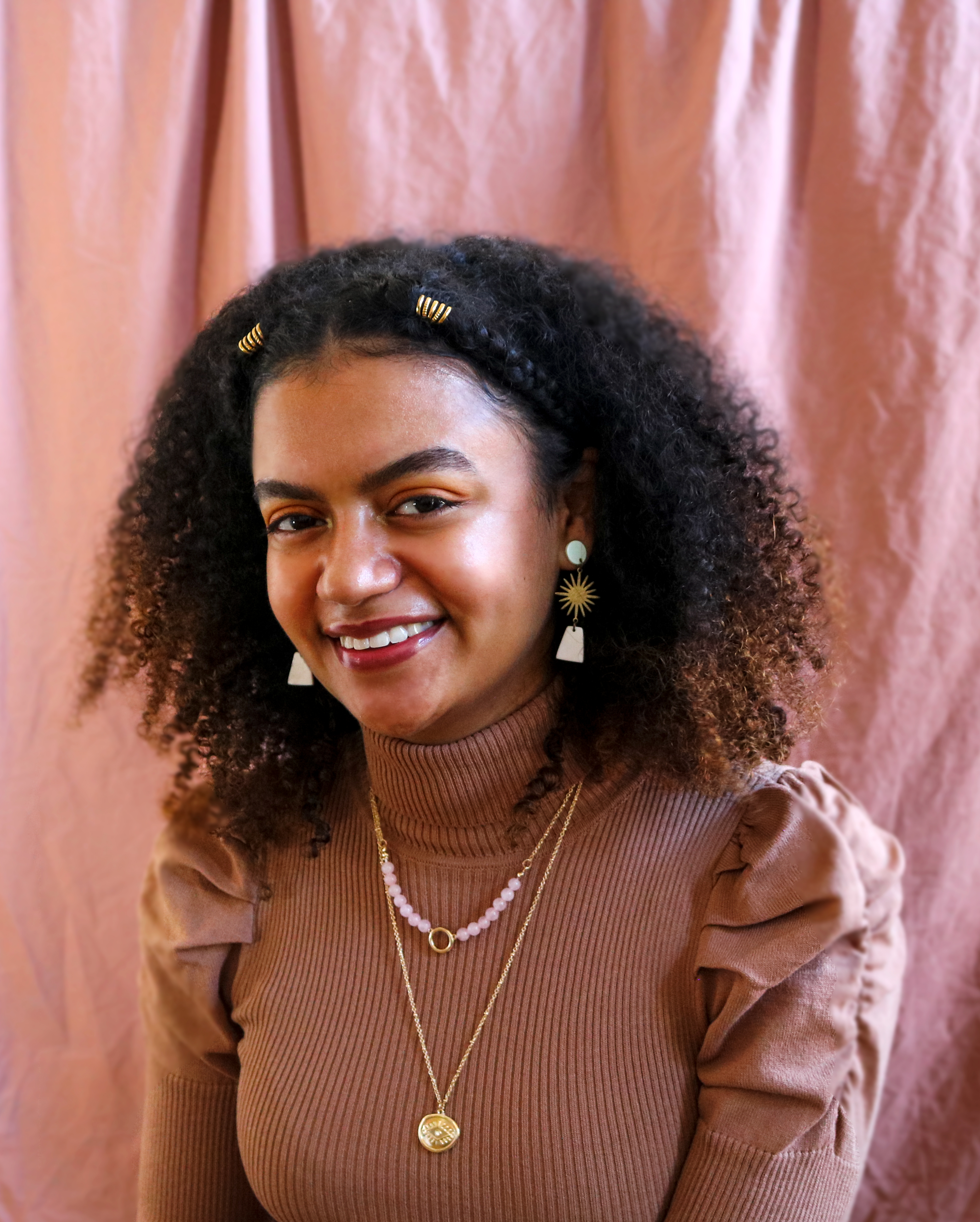
Q and A with Camille Gomera- Tavarez
Jennifer H: Has writing and publishing a book changed the way you see yourself?
Camille G-T: Definitely! I wasn’t an author before. I feel like I minimize a lot of my accomplishments and I think it is important to take a minute and understand not everyone gets to do this. I hear a lot of stories from other writers about the ways their publisher treats them, and I never had any of that. I’ve been involved in every step of the process, and from the beginning there was going to be a Spanish version. I never had to fight anybody about anything. There’s going to be an audiobook and all these things were givens. There were never any issues with diversity or whether or not we should use this much Spanish. I was sort of seen as an authority in my own culture, which was nice.
Jennifer H: What, in your opinion, are the most important elements of good writing?
Camille G-T: I feel like that is subjective. Everyone has their own style. For me, definitely showing and not telling. I like work and writing work that focuses more on themes and characters, than a plot and a story. I like vibes. That’s what makes a good story. Making a reader come out thinking something else or gives them something to think about in terms of their own lives.
Jennifer H: How long did it take you to write your book?
RELATED CONTENT
Camille G-T: Since Fall 2018 when I started working on my thesis. So like three years; two years writing it, and one whole year editing it.
Jennifer H: What was the hardest short story you had to write?
Camille G-T: “Life after the Storm,” because it started out like a dream that I had and it was one of those stories when I thought I knew where it was going to end and then when I get there I’m like there’s more. That was definitely a journey to write, and I feel like it’s a lot of people’s favorite story, and it was definitely my editor’s favorite story when I sent it to him. I wasn’t sure if it made sense since it was very abstract in some places but it turned out pretty good.
Jennifer H: What characters in your book are most similar to you or to people you know?
Camille G-T: I think most of them are taken from family members and I had to ask my dad once I got the contract if he was okay with that. In the end, I added a picture of my grandparents as a tribute, but I definitely had to ask because I knew a lot of it was similar to that side of the family. My dad's side. A lot of it has to do with my tias and tios and definitely my abuela and abuelo. The character of Christa is closest to me because that story about the “Colmado” was originally just a memoir and then I changed the characters and names. It was interesting when I talked to another author before I even told her, she said that [“Colmado"] felt like the most you and the closest to your life. It was a memory that I wrote in my journal and then turned into a story. I changed a couple of other things to make it fit with the grander story, but for sure my abuelo had a colmado—We recently went back there after he died and it was a whole experience of being there, because I feel like all my cousins had a story of when we had to work at the colmado, or do something for him; he had Alzheimer’s and had to wake up to open up his colmado, so definitely like those parts of the story are really close to my life and my family. It’s definitely not an autobiography. I prioritized more the themes of mental health and masculinity over accuracy in life.
Jennifer H: What is the significance of the title?
Camille G-T: It is definitely taken from the one story in the book. It was the title for that story because it felt like it fit with having that spooky vibe, exorcism, and demons—it conveyed it well. Also, conveying a sense of party and people getting together which is where all the stories take place at the moment when all the family meet together. Every story is sort of the meeting of different parts of the family and what happens during that time.
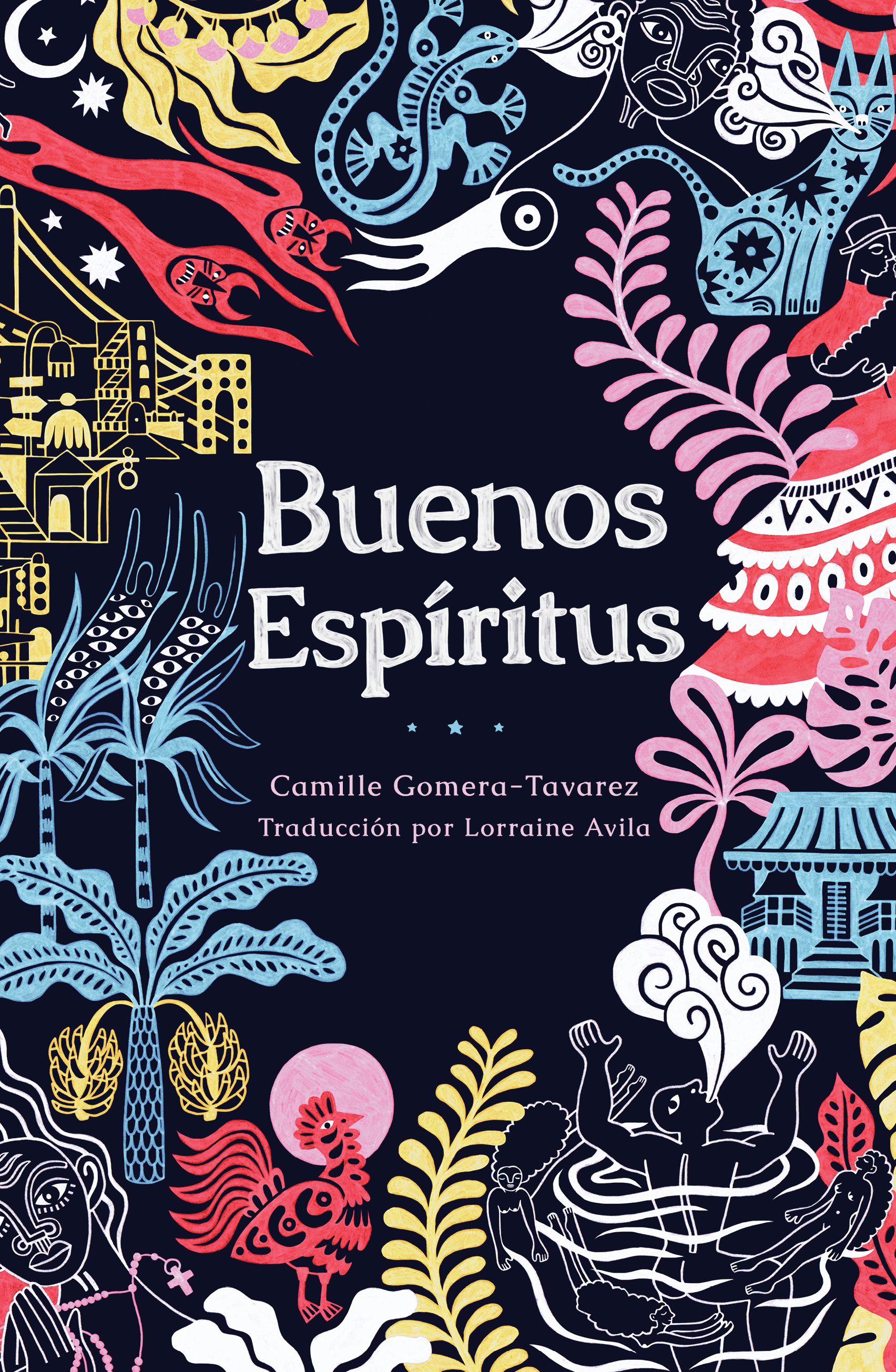
Camille's new Spanish version of High Spirits, Buenos Espiritus will be available soon. Click here to pre-order.



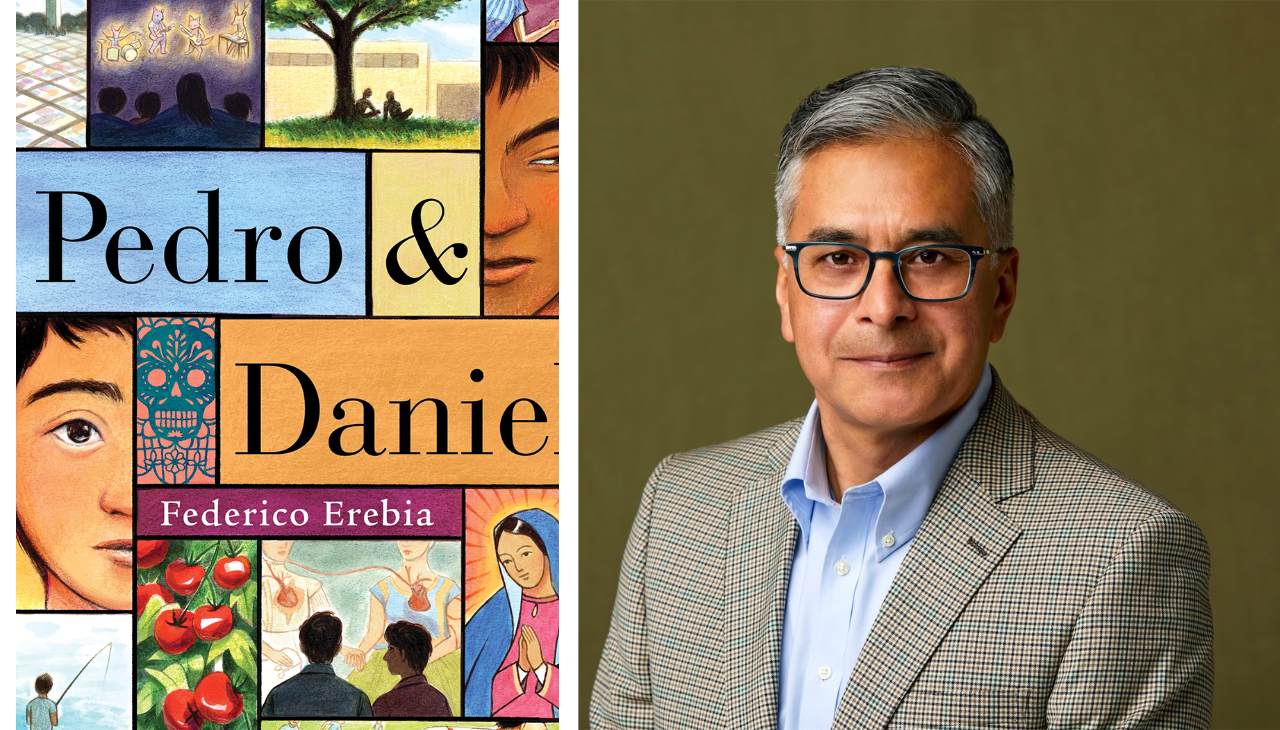

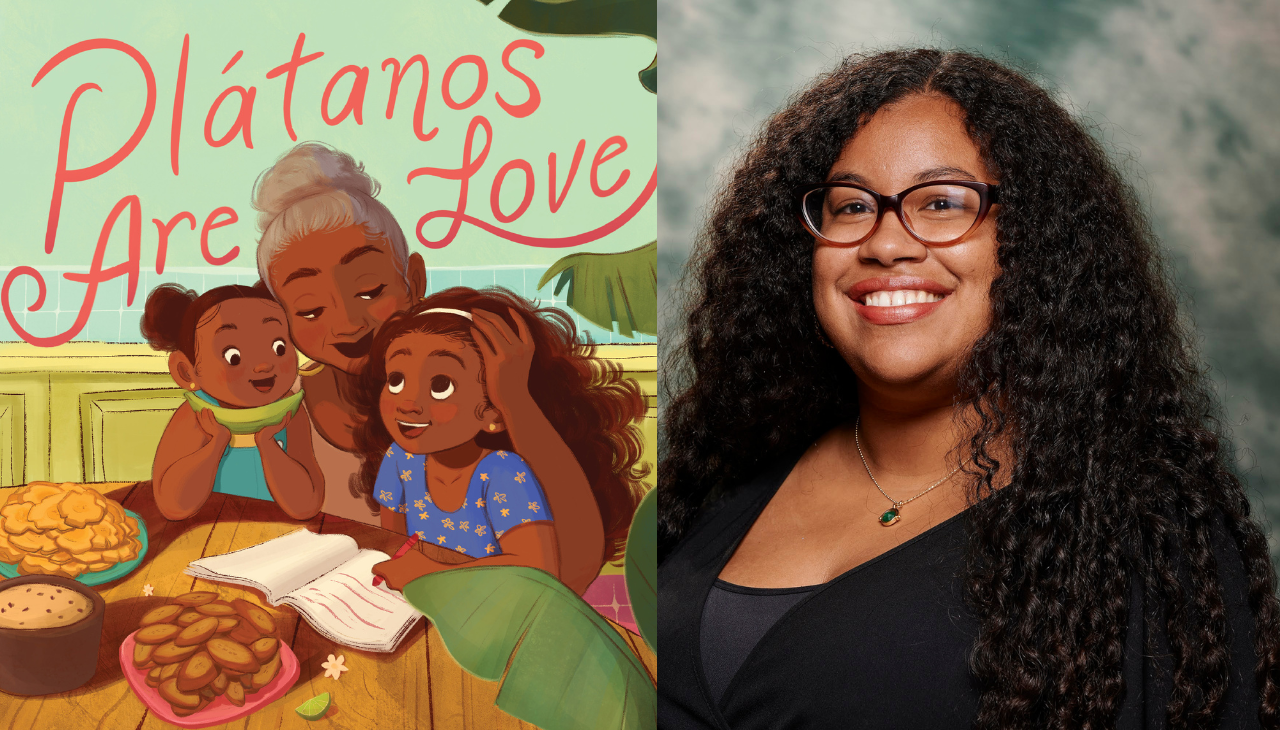





LEAVE A COMMENT:
Join the discussion! Leave a comment.